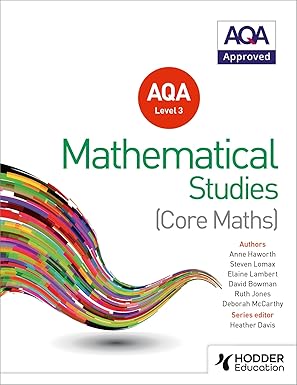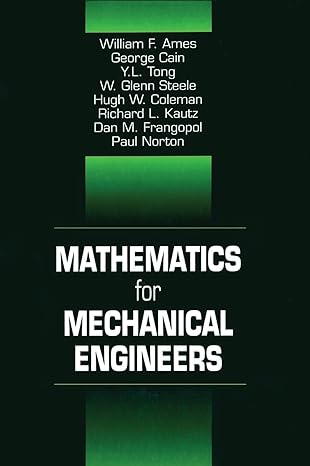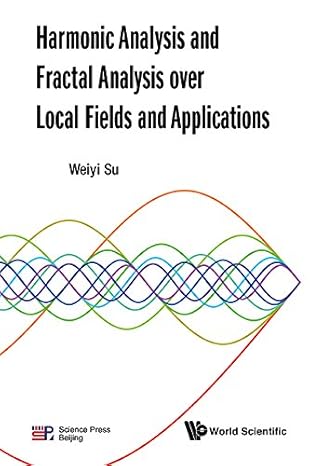This print textbook is available for students to rent for their classes. The Pearson print rental program provides students with affordable access to learning materials, so they come to class ready to succeed.
For courses in Introductory Statistics.
A contemporary classic
Statistics , 13th Edition by James McClave and Terry Sincich offers a trusted, comprehensive introduction to statistics that emphasizes inference and integrates real data throughout. The authors stress the development of statistical thinking, the assessment of credibility, and value of the inferences made from data. Ideal for one- or two-semester courses in introductory statistics, the text assumes a mathematical background of basic algebra. Flexibility is built in for instructors who teach a more advanced course, with optional footnotes about calculus and the underlying theory. The print book has been reprinted with new and updated statistical software screenshots.
Also available with MyLab Statistics
By combining trusted author content with digital tools and a flexible platform, MyLab™ Statistics personalizes the learning experience and improves results for each student. With MyLab Statistics and StatCrunch®, an integrated web-based statistical software program, students learn the skills they need to interact with data in the real world. For Statistics, 13th Edition, a new MyLab Revision is available that increases coverage of the end-of-section exercises throughout the book, and adds 22 brand-new, author created videos that further explore section topics and real-world case studies.
0135820103 / 9780135820100 STATISTICS [RENTAL EDITION], 13/e
چکیده فارسی
این کتاب درسی چاپی در اختیار دانشآموزان است تا برای کلاسهایشان اجاره کنند. برنامه اجاره چاپ پیرسون دسترسی مقرون به صرفه ای به مطالب آموزشی برای دانش آموزان فراهم می کند، بنابراین آنها برای موفقیت به کلاس می آیند.
برای دوره های آمار مقدماتی.
یک کلاسیک معاصر
آمار ، نسخه سیزدهم توسط جیمز مک کلاو و تری سینجیچ مقدمه ای قابل اعتماد و جامع برای آمار ارائه می دهد که بر استنتاج تاکید می کند و داده های واقعی را در سراسر ادغام می کند. . نویسندگان بر توسعه تفکر آماری، ارزیابی اعتبار و ارزش استنباطهای حاصل از دادهها تاکید دارند. ایده آل برای دوره های یک یا دو ترم در آمار مقدماتی، متن پیش زمینه ریاضی از جبر پایه را در نظر می گیرد. انعطافپذیری برای مدرسانی که دورههای پیشرفتهتری را با پاورقیهای اختیاری درباره حساب دیفرانسیل و انتگرال و تئوری زیربنایی تدریس میکنند، تعبیه شده است. کتاب چاپی با اسکرین شات های نرم افزار آماری جدید و به روز تجدید چاپ شده است.
همچنین با MyLab Statistics موجود است
MyLab™ Statistics با ترکیب محتوای نویسنده قابل اعتماد با ابزارهای دیجیتال و یک پلتفرم انعطاف پذیر، تجربه یادگیری را شخصی می کند و نتایج را برای هر دانش آموز بهبود می بخشد. با MyLab Statistics و StatCrunch®، یک برنامه نرم افزار آماری یکپارچه مبتنی بر وب، دانش آموزان مهارت هایی را که برای تعامل با داده ها در دنیای واقعی نیاز دارند، یاد می گیرند. برای آمار، ویرایش سیزدهم، یک نسخه MyLab جدید موجود است که پوشش تمرینهای پایان بخش را در سراسر کتاب افزایش میدهد و اضافه میکند. 22 ویدیوی کاملاً جدید، نویسنده ایجاد شده که موضوعات بخش و مطالعات موردی در دنیای واقعی را بیشتر بررسی می کند.
0135820103 / 9780135820100 STATISTICS [نسخه اجاره ای]، 13/e
ادامه ...
بستن ...
Ebook details:
عنوان: Statistics, Updated Edition [RENTAL EDITION] (13th Edition) (9780135820100) McClave, James T., Sincich, Terry
نویسنده: Books
ناشر: Pearson; 13 edition (January 12, 2020)
زبان: English
شابک: 0135820103, 978-0135820100
9780136755975, 0136755976
9780136755951, 013675595X
حجم: 328 Mb
فرمت: Original PDF
ادامه ...
بستن ...
![Statistics MyLab Revision with Tech Updates (13th Edition)[2021] - Original PDF Statistics MyLab Revision with Tech Updates (13th Edition)[2021] - Original PDF](https://dl.libsan.ir/images/1/12/Statistics, Updated Edition_5eb66937053d7.jpg)






![[Soultion Manual] Statistics for Management and Economics (11th Edition) - Word [Soultion Manual] Statistics for Management and Economics (11th Edition) - Word](https://dl.libsan.ir/images/1/12/61JGRNKwfUL._SY466__66fd1fc169714.jpg)


